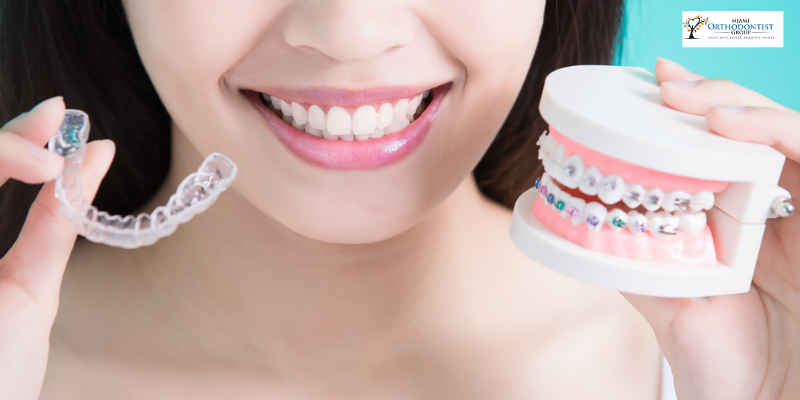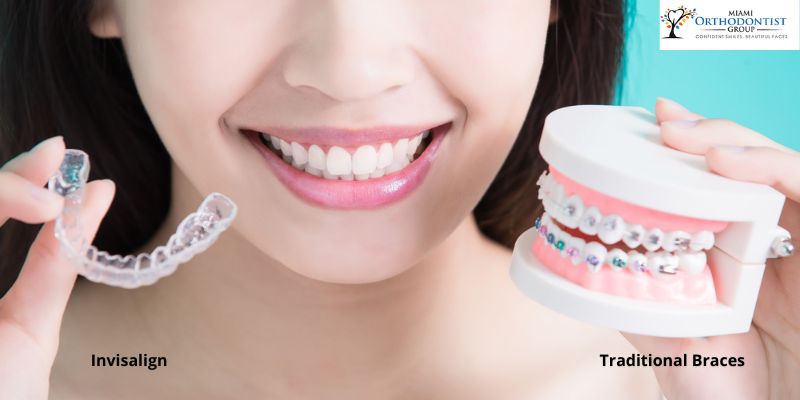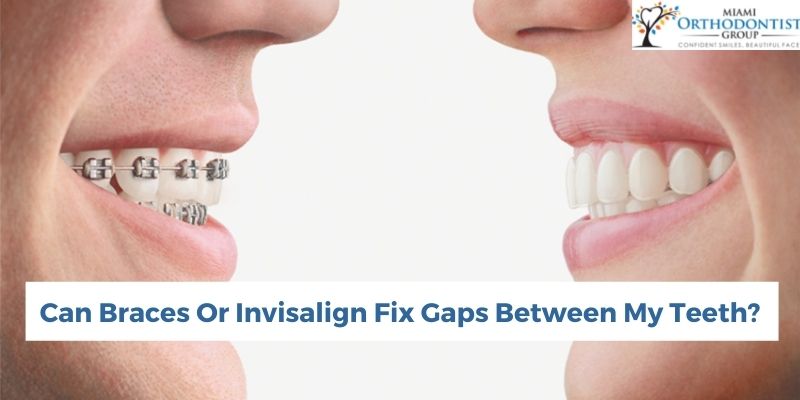Invisalign has revolutionized orthodontic treatment by offering a clear, removable alternative to traditional braces. This innovative system utilizes custom-made, clear aligners that gradually shift teeth into their desired positions.
In recent years, 3D printing technology has revolutionized various industries and dentistry is no exception. Traditional dental techniques often require labor-intensive processes and the involvement of multiple professionals. However, a remarkable transformation has occurred with the advent of 3D printing in modern dentistry. This technology has significantly enhanced dental procedures’ efficiency, precision, and customization, leading …
Continue reading "Application of 3D Printing in Modern Dentistry"
Dental implants have revolutionized modern dentistry, offering a permanent and natural-looking solution for replacing missing teeth. Dental implants can provide an excellent alternative to bridges or dentures, whether you have lost a tooth due to decay, injury, or other dental issues. However, before diving into the dental implant procedure, there are several crucial factors you …
Continue reading "What Things Should You Consider Before Getting Dental Implants?"
A beautiful smile not only enhances your appearance but also boosts your confidence. Dentofacial orthopedics can be a game-changer for you if you have dental and facial structure issues. Dentofacial orthopedics is a specialized field of dentistry that focuses on correcting and guiding the growth and development of the facial and jaw bones, ultimately transforming …
Continue reading "How Can Dentofacial Orthopedics Transform Your Smile?"
Orthodontic treatment is often the way to go when it comes to achieving a straight and beautiful smile. Traditional metal braces have been the go-to option for many years, but in recent times, clear braces have gained popularity as a more discreet alternative. Both clear braces and conventional braces have unique features and treatment processes. …
Continue reading "Clear Braces vs. Conventional Braces: Treatment Process and Features"
Invisalign is a popular orthodontic treatment that uses clear aligners to straighten teeth without traditional braces.
Millions of people worldwide suffer from the common sleep disease known as obstructive sleep apnea (OSA). It is caused by the obstruction or narrowing of the upper airway, which results in snoring and irregular breathing while you sleep. OSA can harm health, including a higher risk of diabetes, heart disease, and stroke. Orthognathic surgery, which …
Continue reading "How Can Orthognathic Surgery Treat Sleep Apnea?"
Ninety-six percent of people claim that a person’s smile affects how they appear as a whole. Therefore, many people choose braces or Invisalign to get beautifully straight, healthy teeth. But which option—Invisalign or braces—is best for you or your child? A good query! This choice ultimately boils down to a few significant personal priorities and …
Continue reading "How Is The Method Of Invisalign Different From Braces"
Are you planning to straighten your teeth? Good choice! Millions of people in the country suffer from a variety of dental issues. The most common is the misalignment of teeth.
Do you know what is the most common dental issue? Teeth gapping. Millions of people visit dental clinics because they want to get rid of teeth gapping. You might know that dentists can straighten crooked teeth with the help of braces and Invisalign aligners. Within a year, you can observe the changes in your teeth’s …
Continue reading "Can Braces Or Invisalign Fix Gaps Between My Teeth?"











